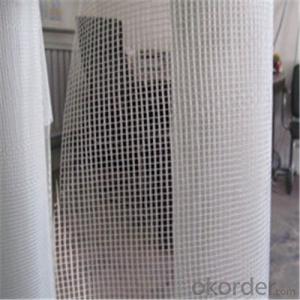Fiberglass, a material that has revolutionized the marine industry, has been a game-changer for boat builders and enthusiasts alike. Its versatility, strength, and durability have made it a popular choice for a wide range of marine applications. Let’s dive into the world of fiberglass and explore its role in the marine industry.
A Brief History of Fiberglass
Fiberglass, a composite material made from glass fibers and a resin matrix, was first developed in the 1930s. It quickly gained popularity due to its lightweight and strong properties. The marine industry was quick to recognize the potential of this material, and by the 1950s, fiberglass boats were being produced in large numbers.
The Appeal of Fiberglass
So, what makes fiberglass so appealing in the marine world? Let’s break it down:
– Lightweight: Fiberglass boats are lighter than their wooden or metal counterparts, making them easier to transport and maneuver on the water.
– Corrosion Resistance: Unlike metal boats, fiberglass doesn’t rust or corrode, ensuring a longer lifespan for your vessel.
– Customizability: The material can be easily molded into various shapes and sizes, allowing for a wide range of boat designs.
– Cost-Effectiveness: Fiberglass boats are generally more affordable than boats made from other materials, making them accessible to a broader audience.
– Low Maintenance: With fewer parts prone to wear and tear, fiberglass boats require less maintenance, saving you time and money.
Fiberglass in Boat Construction
When it comes to boat construction, fiberglass is a star player. It’s used in various aspects of the process, including:
– Hulls: The backbone of any boat, fiberglass hulls are strong, lightweight, and resistant to damage.
– Decks: Fiberglass decks provide a solid, non-slip surface that can withstand heavy foot traffic.
– Superstructures: From small dinghies to large yachts, fiberglass is used to create the superstructure, ensuring stability and durability.
– Interior Components: Furniture, storage compartments, and other interior elements can also be made from fiberglass, adding to the overall strength and longevity of the boat.
Innovations in Fiberglass Technology
As technology advances, so does the use of fiberglass in the marine industry. Innovations such as:
– Vacuum Infusion: A process that reduces the amount of resin and air bubbles in the fiberglass, resulting in a stronger and lighter final product.
– Pre-Preg: Pre-impregnated fibers that are easier to work with and provide a more consistent quality.
– Nanocomposites: The incorporation of nanomaterials into fiberglass to enhance its properties, such as strength and resistance to environmental factors.
Sustainability and the Future of Fiberglass
With growing concerns about the environment, the marine industry is looking for more sustainable materials and practices. Fiberglass, being a recyclable material, fits well into this vision. Efforts are being made to:
– Recycle Old Fiberglass Boats: Programs are in place to recycle and repurpose old fiberglass boats, reducing waste and environmental impact.
– Develop Eco-Friendly Resins: Research is ongoing to develop resins that are less harmful to the environment and have a lower carbon footprint.
– Promote Sustainable Manufacturing Practices: Encouraging the use of renewable energy and reducing the overall environmental impact of fiberglass production.
The Community’s Perspective
Boat owners, builders, and enthusiasts have a lot to say about fiberglass. Let’s hear from them:
– Boat Owners: Many boat owners appreciate the low maintenance and durability of fiberglass boats, making them a popular choice for both leisure and commercial use.
– Boat Builders: Builders value the material’s versatility and ease of use, allowing them to create innovative designs and structures.
– Enthusiasts: For those passionate about marine life and activities, fiberglass boats offer a reliable and environmentally friendly option.
Conclusion
Fiberglass has undoubtedly left an indelible mark on the marine industry. Its unique properties have shaped the way boats are built, used, and enjoyed. As we look to the future, it’s clear that fiberglass will continue to play a significant role, with ongoing innovations and a commitment to sustainability guiding its development. So, the next time you’re out on the water, take a moment to appreciate the material that’s helping you glide smoothly across the waves.

